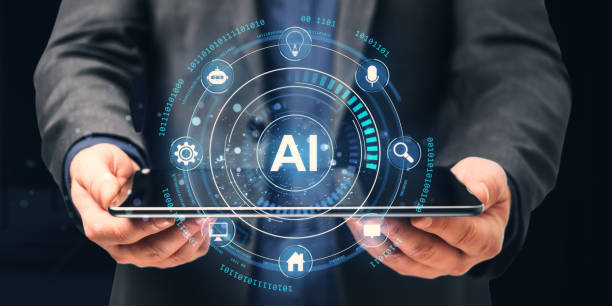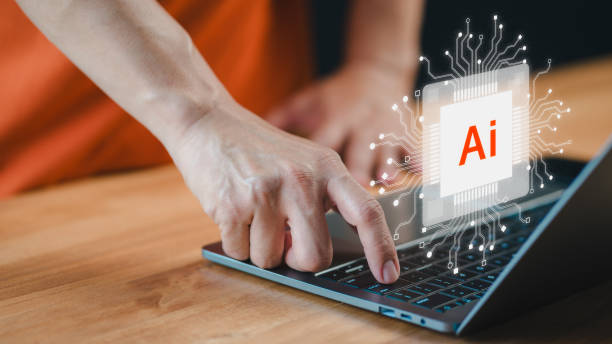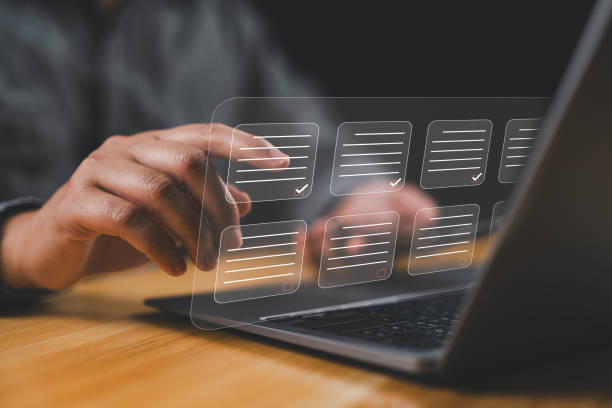Introduction to the World of AI Robots and Their Place in Our Lives
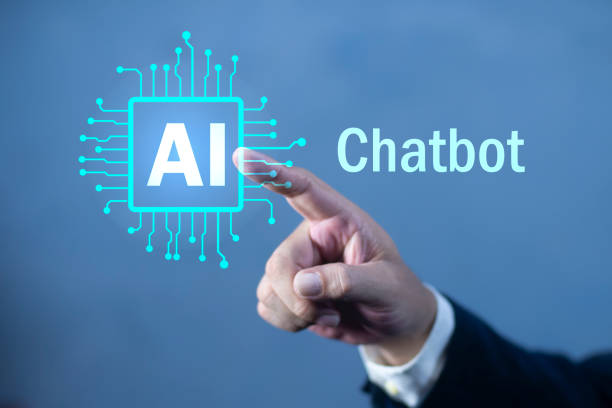
Today, few people haven’t heard the names #Artificial_Intelligence and #Robotics.
These two fields are rapidly reshaping #daily_life and the #future landscape of humanity.
AI robots are no longer just a science fiction concept, but a tangible reality manifesting in various forms, from smart voice assistants to autonomous vehicles. But what exactly is an AI robot, and how can these intelligent systems impact various aspects of our lives to such an extent? Will these advancements always benefit humanity, or do they also bring serious challenges and questions?
This phenomenon, a combination of robotics and advanced Artificial Intelligence algorithms, gives machines the ability to perform tasks that were previously only executable by humans.
These tasks can include learning, problem-solving, natural language understanding, and even creativity.
The ever-increasing expansion of this technology raises profound questions about the nature of work, privacy, and ethics. Are we ready to take on the responsibility of developing and using such immense power? How can we ensure that these advancements benefit all segments of society instead of causing harm? This article explores these questions and provides a comprehensive picture of the world of AI robots and their place in our lives, striving to prepare readers for a better understanding of this phenomenon by offering accurate and analytical information.
Did you know that customers’ first impression of your company is your website? Multiply your business’s credibility with a powerful corporate website from Rasawb!
✅ Custom and eye-catching design tailored to your brand
✅ Improved user experience and increased customer acquisition
⚡ Get free consultation!
The Evolution of Smart Robots from Past to Present
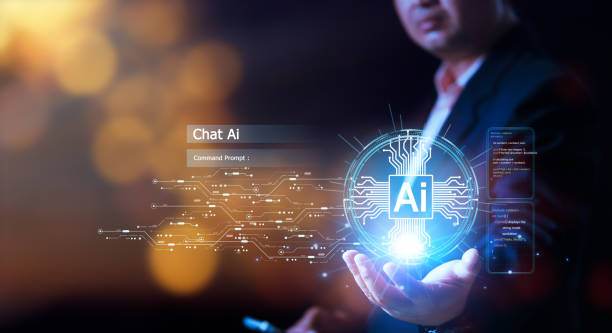
The history of robotics and Artificial Intelligence dates back to ancient times, where ideas about autonomous beings emerged in legends and myths.
However, significant advancements in this field began in the 20th century with the advent of computers.
From the first computing machines to early industrial robots performing repetitive tasks in factories, a long and winding path has been traversed.
The 1950s can be considered a turning point in the history of AI, when the initial concepts of machine learning and neural networks were introduced.
Over time and with the increase in computer processing power, the development of AI robots with more complex capabilities became possible. The era of ‘AI winter’ in the 70s and 80s, although it slowed down the pace of progress, laid the groundwork for deeper research that eventually led to the emergence of a new age of AI in the 21st century.
The emergence of deep learning, big data, and high computational power enabled the training of highly complex models.
Today, we are witnessing the development of AI systems that can understand language, identify images, play complex games, and even demonstrate artistic creativity. This evolutionary path demonstrates the boundless potential of AI robots to change the future.
Diverse Branches and Applications of AI Robots in Various Industries
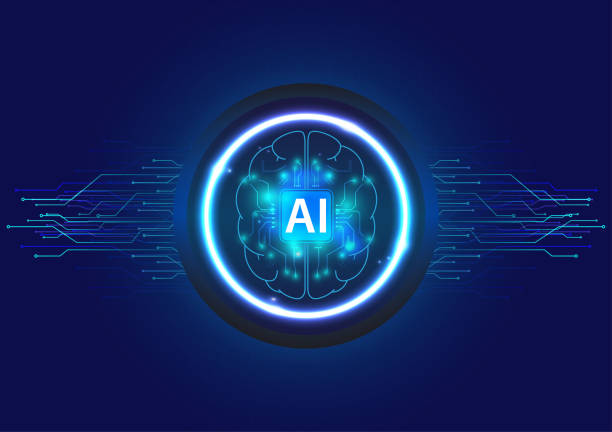
AI robots are no longer confined to science fiction films; rather, they have become an inseparable element of modern life and the backbone of many industries.
This technology has been able to bring about immense transformations in various economic sectors, from manufacturing and healthcare to finance and agriculture.
In the manufacturing industry, intelligent robots have not only increased work precision and speed but also, with machine learning capabilities, are able to optimize processes and reduce waste.
In the healthcare sector, AI robots assist doctors in early disease diagnosis, designing personalized treatment plans, and even performing high-precision surgeries.
In finance, AI algorithms are used for fraud detection, market analysis, and investment consulting.
In agriculture, smart robots can optimize irrigation, monitor crop health, and even perform automated harvesting, significantly contributing to increased productivity and reduced resource consumption. The applications of this technology are so vast that virtually no industry remains immune to its impact.
The table below illustrates some key applications of AI robots in various industries:
| Industry | AI Robot Application | Example |
|---|---|---|
| Medical and Health | Disease diagnosis, surgical assistance, drug discovery | Cancer detection systems, surgical robots |
| Manufacturing and Industry | Production line automation, quality control, predictive maintenance | Assembly robots, automated inspection systems |
| Customer Service | Automated responses, chatbots, customer sentiment analysis | Virtual assistants, responsive robots |
| Transportation | Autonomous vehicles, route optimization, traffic management | Self-driving taxis, smart traffic systems |
| Finance and Banking | Fraud detection, market analysis, investment consulting | Robo-advisors, banking surveillance systems |
How an AI Robot Works: From Data to Decision-Making
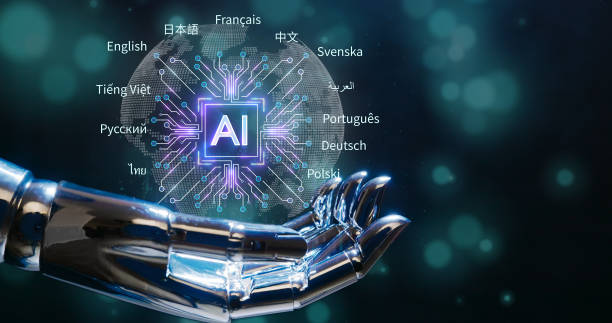
At the heart of every AI robot lies a set of algorithms and data models that enable it to process information and make decisions.
This process typically begins with the collection of vast amounts of big data.
This data can include images, texts, sounds, or any other type of information the robot needs for learning.
After collection, the data is cleaned and prepared for training AI models.
The main part of an AI robot’s operation revolves around its ‘learning’.
Various methods, such as machine learning, including deep learning using neural networks, are used to train these systems.
In this stage, models identify hidden patterns and relationships within the data.
For instance, an AI robot designed for face recognition learns to identify distinguishing features of faces by observing thousands of images. After training, the robot can make predictions or decisions based on its acquired knowledge when receiving new inputs.
This process is an iterative cycle of data collection, training, and continuous improvement, allowing intelligent robots to become more accurate and efficient over time.
Did you know that customers’ first impression of your company is your website? Multiply your business’s credibility with a powerful corporate website from Rasawb!
✅ Custom and eye-catching design tailored to your brand
✅ Improved user experience and increased customer acquisition
⚡ Get free consultation!
Ethics and Social Challenges in the Era of AI Robots
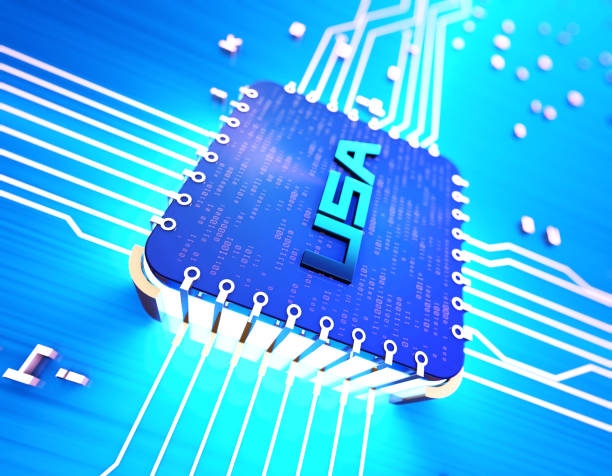
As AI robots become more deeply embedded in our lives, ethical and social concerns also increase.
One of the most important challenges is the issue of data privacy. Given that these systems require vast amounts of personal information for effective operation, maintaining the security and confidentiality of this data becomes vitally important.
The question is, who will be responsible for privacy breaches if these systems are misused or hacked?
Another challenge is bias in algorithms. If training data contains discrimination, the AI robot will learn and reproduce these biases, which can exacerbate social inequalities.
The discussion of job displacement is also a major concern; with the automation of tasks by intelligent robots, the future of traditional jobs hangs in the balance.
How can we ensure that AI advancements lead to a more just society, rather than an increase in class disparity? The necessity of establishing robust ethical laws and frameworks for the development and deployment of AI robots is felt more than ever to prevent unintended consequences and ensure its benefits are distributed fairly.
The Future of AI Robots and Upcoming Scenarios
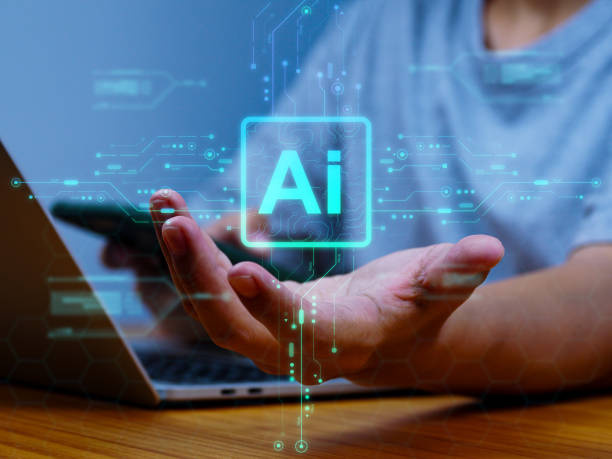
The future of AI robots is full of exciting yet challenging scenarios.
One of the most important discussions is the attainment of Artificial General Intelligence (AGI); a system that can perform any cognitive task a human can.
Although there’s still a long way to go to achieve AGI, advancements in reinforcement learning and large language models suggest that this goal might no longer be just a dream.
Other scenarios include extensive collaboration between humans and AI robots in work environments and daily life. Collaborative robots (cobots) working alongside humans can increase productivity and undertake heavy or repetitive tasks.
Furthermore, AI robots are expected to play a more prominent role in the global economy and sustainable development.
From smart cities that optimize traffic and energy to advanced crisis management systems, this technology has the potential to solve many global problems.
However, it must be noted that these advancements require careful attention to security, ethical, and social issues to prevent unintended consequences and shape a desirable future for everyone.
AI Robots in Education and Learning: A New Transformation
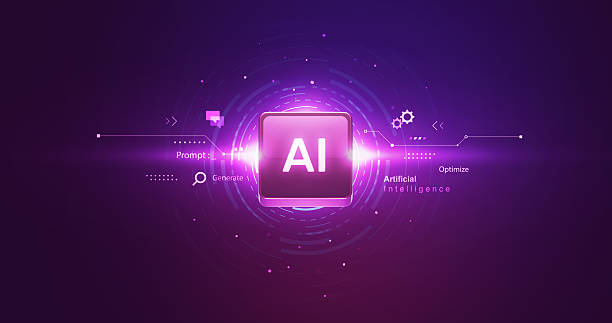
The field of education has not been immune to the profound impact of AI robots.
This technology, by offering innovative tools, is transforming the way learning and teaching are conducted.
One of the most prominent applications is personalizing the learning process. An AI robot can analyze each student’s learning style, strengths, and weaknesses to adjust educational content and learning pace in a way that yields the best results.
This allows students to progress at their own pace and receive the necessary support in areas where they need more assistance.
Moreover, AI robots can act as smart private tutors, answering students’ questions, correcting assignments, and even providing constructive feedback.
These tools can alleviate a significant burden from teachers, allowing them to focus on the creative and interactive aspects of education.
Additionally, AI-based systems can assist in school administration, curriculum planning, and even early detection of students’ learning difficulties.
However, the use of AI robots in education also brings challenges such as maintaining human interaction and preventing over-reliance on technology.
Understanding the advantages and disadvantages of this technology is crucial for its successful integration into the educational system.
The table below provides an overview of the advantages and disadvantages:
| Aspect | Advantages | Disadvantages/Challenges |
|---|---|---|
| Personalized learning | Content tailored to each student’s needs, improved learning pace | Need for large data, potential for algorithmic bias |
| Increased accessibility | Education for remote areas, 24/7 support | Need for technological infrastructure, digital divide |
| Correction and feedback | Fast and accurate feedback, reduced teacher workload | Lack of understanding of human nuances, limitations in assessing creativity |
| Management and planning | Resource optimization, efficient planning | Resistance to change, data security issues |
Comparing AI Robots with Human Intelligence: Boundaries and Differences
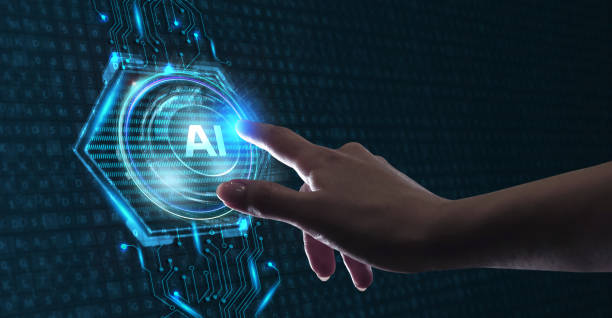
Comparing AI robots with human intelligence provides a deeper understanding of the capabilities and limitations of both.
AI is unparalleled in performing repetitive tasks, processing vast amounts of data at high speed, and identifying patterns in large datasets. These systems are tireless and free of errors in complex calculations, making them ideal for applications such as financial analysis, medical diagnosis, and industrial process optimization.
However, human intelligence possesses characteristics that AI robots are not yet capable of fully mimicking. These characteristics include genuine creativity, intuition, empathy, deep contextual understanding, and the ability to cope with unpredictable and ambiguous situations.
Humans can think beyond existing data, grasp abstract concepts, and make complex ethical decisions that require a deep understanding of human values.
While an AI robot can compose music or paint using algorithms, its creativity is based on learned patterns rather than genuine inspiration.
The boundary between these two types of intelligence is shifting, but currently, collaboration between humans and these intelligent systems is the best way to leverage the strengths of both.
Did you know that customers’ first impression of your company is your website? Multiply your business’s credibility with a powerful corporate website from Rasawb!
✅ Custom and eye-catching design tailored to your brand
✅ Improved user experience and increased customer acquisition
⚡ Get free consultation!
Getting Started Guide for AI Robots: For Developers and Users
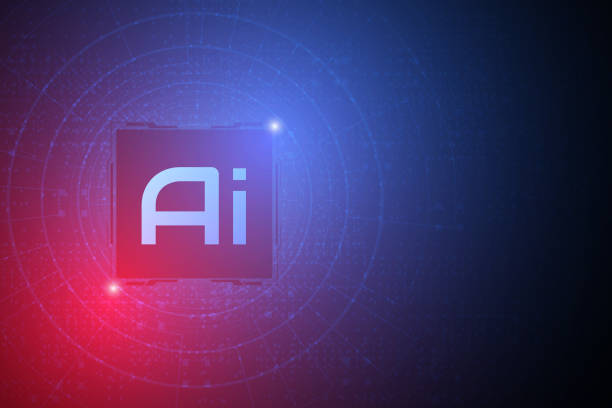
For developers and users interested in working with AI robots, there are various paths available.
For developers, starting with programming languages like Python and popular AI libraries such as TensorFlow or PyTorch is recommended.
Numerous free and paid online courses are available on platforms like Coursera, edX, and Udacity that teach the fundamentals of machine learning and deep learning. Additionally, participating in open-source projects and data-driven competitions can provide valuable practical experience.
For ordinary users who intend to use these intelligent tools, understanding how to interact with them is crucial.
First, start with AI voice assistants and chatbots like ChatGPT or Google Assistant to familiarize yourself with their basic capabilities.
Then, move on to more advanced tools such as AI-based image generators or data analysis software.
Always remember that these tools are complementary to human abilities, not replacements for them. It is important to understand the limitations of AI robots and use them responsibly to achieve the best results and prevent potential misunderstandings.
Global Outlook and Regulations Governing AI Robot Development
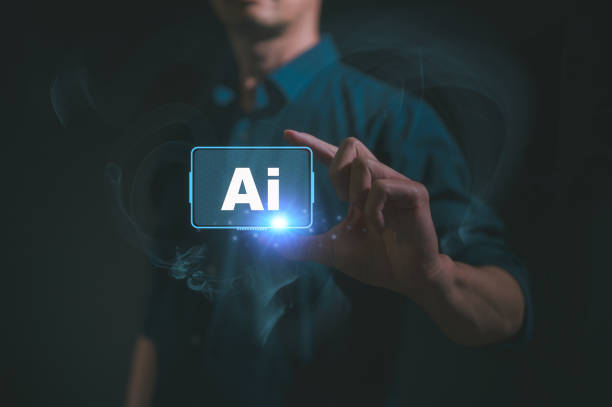
Given the increasing penetration of AI robots into all aspects of life, many countries and international organizations are examining and drafting laws and ethical frameworks to control their development and use.
The main goal is to ensure the responsible development of AI, which preserves public interests and prevents its destructive potentials. The European Union has been a pioneer in these efforts, proposing stringent laws regarding AI that focus on high-risk areas such as facial recognition and social credit systems.
In contrast, countries like the United States and China have adopted different approaches.
While the United States primarily emphasizes innovation and industry self-regulation, China, with massive government investments, has set its goal to become a global leader in AI.
The United Nations and UNESCO have also entered the ethical and human rights discussions related to AI, emphasizing the necessity of global cooperation to establish common standards. These diverse global laws and perspectives indicate that understanding and managing AI robots is a complex challenge requiring a balance between innovation and responsibility.
These discussions will ultimately shape the future of humanity.
Frequently Asked Questions
| No. | Question | Answer |
|---|---|---|
| 1 | What is an AI robot? | An AI robot is a machine capable of understanding, reasoning, learning, and problem-solving, and can perform complex tasks with relative autonomy. |
| 2 | What are the most important applications of AI robots? | Key applications include industrial manufacturing, customer service (chatbots), medicine and surgery, autonomous transportation, space exploration, and military affairs. |
| 3 | What is the main difference between an AI robot and a regular robot? | A regular robot only follows programmed instructions, whereas an AI robot can learn from data, make decisions, and adapt itself to new environments. |
| 4 | How do AI robots learn? | They learn by identifying patterns and improving their performance through machine learning algorithms (such as deep learning, reinforcement learning) and processing vast amounts of data. |
| 5 | Can AI robots have emotions? | Currently, AI robots do not possess real emotions in the human sense. They can mimic or detect emotions, but they do not understand or experience them. |
| 6 | What are the current limitations of AI robots? | Limitations include the need for large amounts of data, inability to grasp abstract concepts, lack of genuine creativity, ethical issues, and generalizability challenges in new environments. |
| 7 | What is the role of AI in the development of humanoid robots? | AI helps humanoid robots to walk, maintain balance, understand their surroundings, interact with humans, and perform complex tasks. |
| 8 | How is the future of AI robots predicted? | It is predicted that AI robots will become smarter, more autonomous, and capable of performing more complex tasks in daily life and industry, with increased interaction between them and humans. |
| 9 | Can AI robots replace all human jobs? | It is unlikely that all human jobs will be replaced. Robots will take over many repetitive and dangerous tasks, but jobs requiring creativity, empathy, and ethical judgment will remain. |
| 10 | What ethical and social challenges arise with the expansion of AI robots? | Challenges include issues related to privacy, data security, ethical decision-making by robots, impact on employment, and accountability in case of errors. |
And other services of RasaWeb Advertising Agency in the field of advertising
Smart Content Strategy: Designed for businesses seeking to manage campaigns through the use of real data.
Smart Marketing Automation: A creative platform to improve sales increase with marketing automation.
Smart Custom Software: Professional optimization to increase website traffic using Google Ads management.
Smart Sales Automation: Professional optimization to increase click-through rates using custom programming.
Smart Advertorials: A fast and efficient solution for campaign management focusing on custom programming.
And over hundreds of other services in the field of internet advertising, advertising consultation, and organizational solutions
Internet Advertising | Advertising Strategy | Advertorials
Sources
The Future of AI and Robots on Digiato
Challenges of Robotics Development in Iran on Zoomit
Society’s Transformation with Smart Robots on Tabnak
The Impact of AI Robots on Employment on IRNA
? Are you ready to revolutionize your business in the digital space? Rasawb Afarin Digital Marketing Agency, by providing specialized and integrated solutions, including advanced WordPress website design services, helps you have a powerful and impressive presence in the online world.
📍 Tehran, Mirdamad Street, next to Bank Markazi, Kazerun Jonoubi Alley, Ramin Alley, No. 6

